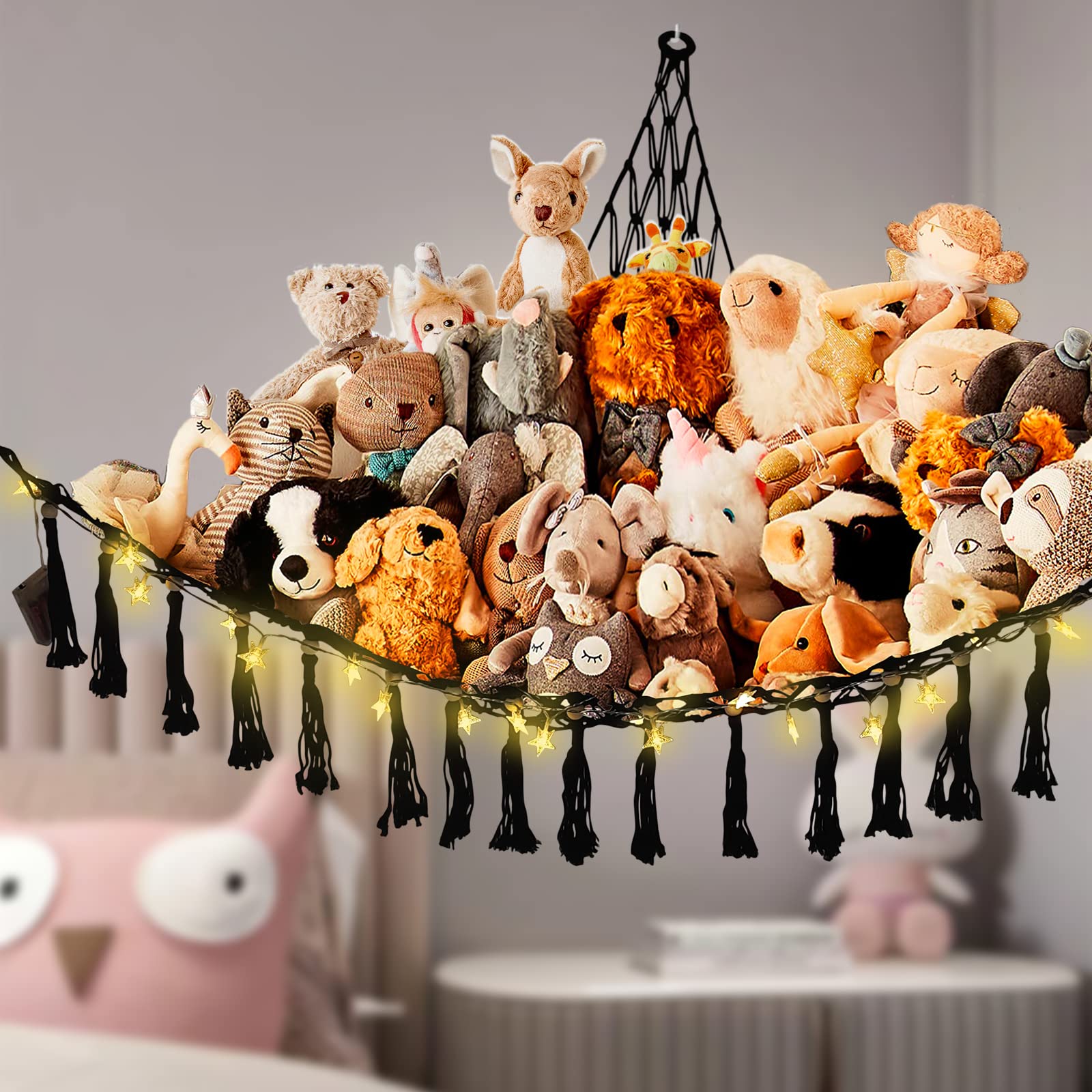

Articles
How To Store Plushies
Modified: May 6, 2024
Learn how to store plushies properly with our informative articles. Find tips and tricks to keep your plush toys clean, organized, and in great condition.
(Many of the links in this article redirect to a specific reviewed product. Your purchase of these products through affiliate links helps to generate commission for Storables.com, at no extra cost. Learn more)
Introduction
Welcome to the wonderful world of plushies! Whether you’re an avid collector or simply have a soft spot for these cuddly companions, proper storage is essential to keep them looking their best and maintaining their value. Plushies come in all shapes and sizes, from adorable stuffed animals to iconic characters from movies and cartoons. No matter how big or small your plushie collection may be, this article will guide you on how to store them properly to ensure their longevity and preserve their charm.
Why is proper storage important for plushies? Over time, dust, dirt, and environmental factors can take a toll on the appearance and condition of these beloved treasures. Fading colors, flattened stuffing, and even mold can be potential risks if plushies are not stored correctly. By following some simple yet effective guidelines, you can keep your plushies looking as good as new for years to come.
So, let’s dive in and explore the best practices for storing your plushies!
Key Takeaways:
- Proper storage and maintenance are essential to preserve the charm and condition of plushies. From finding the right storage space to organizing and displaying them, each step plays a crucial role in ensuring their longevity and enjoyment.
- By following simple yet effective guidelines for cleaning, organizing, and displaying plushies, you can protect them from damage and maintain their softness and appearance. Let your creativity shine as you care for and appreciate your plushie companions.
Read more: How To Store Basil From Store
Finding the Right Storage Space
When it comes to storing your plushies, finding the right storage space is crucial. Here are some important factors to consider:
- Avoid direct sunlight: Plushies, like many other collectibles, can fade when exposed to direct sunlight for extended periods. It’s best to choose a storage area away from windows or use UV-protective curtains or blinds to block out the sunlight.
- Control temperature and humidity: Extreme temperatures and high humidity can damage plushies. It’s important to store them in a space where these factors are controlled. Avoid areas prone to temperature fluctuations, such as attics or basements. Opt for a location with stable temperature and humidity levels.
- Consider dust and dirt: Plushies tend to attract dust and dirt, which can accumulate over time and affect their appearance. Choose a storage area that is clean and free from excessive dust. Regularly dust and clean the storage space to prevent buildup.
- Keep away from pets and pests: If you have pets or are in an area prone to pests, it’s important to keep your plushies out of their reach. Dogs, cats, and rodents may view plushies as toys or nesting materials, leading to potential damage. Store your plushies in a space where they are safely protected.
Once you have identified a suitable storage space, it’s time to properly prepare your plushies for storage.
Cleaning Your Plushies
Cleaning your plushies before storing them not only helps maintain their appearance but also prevents dirt and allergens from accumulating over time. Here are some steps to follow when cleaning your plushies:
- Read the care instructions: Before cleaning your plushies, always check the care label attached to them. Some plushies may be machine washable, while others may require spot cleaning or professional cleaning. Following the manufacturer’s guidelines is essential to avoid damaging the plushies.
- Spot cleaning: For small stains or dirt marks, spot cleaning is usually sufficient. Use a gentle fabric cleaner or mild soap diluted in water and a soft cloth or sponge to gently dab the affected areas. Avoid scrubbing forcefully, as it can damage the fabric or stuffing. After spot cleaning, use a clean, damp cloth to remove any soapy residue.
- Machine washing: If your plushies are machine washable, place them in a pillowcase or mesh laundry bag to protect them during the wash cycle. Use a gentle cycle and cold water with a mild detergent. Avoid using bleach or harsh chemicals. After washing, gently squeeze out excess water and reshape the plushies before air drying. Avoid using high heat or tumble drying, as it can cause damage.
- Dry cleaning: Some plushies may require professional dry cleaning, especially if they have delicate fabrics or intricate details. Consult a professional cleaner experienced in handling plush toys to ensure proper cleaning and care.
- Deodorizing: Plushies stored in closed spaces can develop a musty smell. To freshen them up, sprinkle baking soda over the plushies and leave it for a few hours or overnight. Then vacuum the baking soda using a brush attachment. This will help absorb any odors and leave the plushies smelling clean.
By following these cleaning guidelines, your plushies will be ready to be stored in a fresh and pristine condition.
Organizing Your Plushies
Once your plushies are cleaned and ready, it’s time to organize them for storage. A well-organized system not only ensures easy access to your collection but also helps prevent damage and maintain their shape. Here are some tips for organizing your plushies:
- Categorize by theme or size: Group your plushies into categories based on themes, such as animals, characters, or colors. Alternatively, you can organize them by size, from smallest to largest. This will make it easier to locate specific plushies and create a visually appealing display.
- Use storage containers: Choose storage containers that suit your plushie collection. Clear plastic containers or bins with lids are a popular choice as they provide protection from dust and pests while allowing you to see the contents. Make sure the containers are large enough to accommodate the plushies without compressing them too tightly.
- Separate delicate plushies: If you have plushies with delicate fabrics or embellishments, consider individually wrapping them in acid-free tissue paper or placing them in fabric or net bags. This will help prevent any damage or tangling that may occur when plushies are stored together.
- Utilize shelves or display racks: If you want to showcase your plushies instead of storing them away, consider using shelves or display racks. This allows you to create an eye-catching display while keeping your plushies organized and easily accessible. Make sure to avoid overcrowding the shelves, as this can lead to deformation or damage.
- Label your containers: To easily identify the contents of each storage container, label them with the category or theme of the plushies inside. This saves you time when searching for a specific plushie and helps maintain the organization of your collection.
Remember to regularly maintain and update your organization system as your plushie collection grows. This will ensure that your plushies remain well-preserved and easy to manage.
Store plushies in a clean, dry place away from direct sunlight to prevent fading and dust accumulation. Use airtight containers or vacuum-sealed bags to protect them from moisture and pests.
Proper Handling and Maintenance
Proper handling and maintenance of your plushies are essential to ensure their longevity and preserve their softness and appearance. Here are some tips to keep in mind:
- Handle with clean hands: Before touching your plushies, make sure your hands are clean and free from dirt, oil, or any substances that could transfer onto the fabric. This helps prevent stains and keeps the plushies looking fresh.
- Avoid excessive play or rough handling: While plushies are designed for cuddling and play, it’s important to avoid excessive rough handling, especially for delicate or vintage plushies. Excessive squeezing or pulling can damage the stitching, seams, or stuffing. Encourage gentle play to minimize the risk of damage.
- Regularly rotate your plushies: To prevent one area of a plushie from becoming excessively worn or deformed, regularly rotate them when displaying or playing with them. This helps distribute wear and maintain their shape.
- Keep away from food and liquids: Eating and drinking near your plushies can lead to accidents and potential damage. Keep them away from food and liquids to avoid stains, odors, or the risk of attracting pests.
- Inspect for damage: Regularly inspect your plushies for any signs of damage, such as loose stitching, tears, or stuffing coming out. Address any issues promptly to prevent further damage. Minor repairs can often be done at home using a needle and thread, but for more significant damage, consider seeking professional assistance.
- Keep away from pets: While plushies can be irresistible to pets, it’s important to keep them away from your furry friends, especially if they have a tendency to chew or play rough. Keep your plushies in a secure location to prevent any accidents or damage caused by pets.
By following these handling and maintenance practices, you can ensure that your plushies remain in great condition and stand the test of time.
Read more: How To Store Store-Bought Bread
Displaying Your Plushies
Your plushies are not just adorable companions to keep hidden away; they can also be a charming addition to your home decor. Here are some creative ways to display your plushies:
- Shelving or bookcases: Utilize shelves or bookcases to create a dedicated space for your plushies. You can arrange them by size, color, or theme. Consider adding decorative elements such as fairy lights or framed pictures to enhance the display.
- Wall-mounted shelves or pegboards: Install wall-mounted shelves or pegboards to showcase your plushies. This not only adds visual interest to your walls but also saves space. Arrange the plushies in an aesthetically pleasing manner, considering height variations and grouping them by theme.
- Display on furniture: Arrange a few plushies strategically on furniture like chairs, couches, or beds to add a cozy touch to your living spaces. Mix and match different sizes and textures to create an inviting atmosphere.
- Hanging displays: Hang your plushies from hooks or pegs using ribbons or strings to create an adorable hanging display. This works well in children’s rooms or play areas. Be mindful of the weight of the plushies and ensure that the hooks or pegs are securely fastened.
- Glass cabinets or shadow boxes: Showcase your favorite plushies in glass cabinets or shadow boxes for a more formal display. This protects them from dust and provides an elegant visual presentation. Arrange them in a way that highlights their unique features and character.
- Themed displays: Create themed displays by grouping plushies based on specific movies, characters, or seasons. For example, you can have a display dedicated to Disney characters or a holiday-themed display during the festive season. Add props or backdrops to enhance the theme and create an immersive experience.
Remember, when displaying your plushies, it’s important to avoid overcrowding and allow each plushie to stand out. Regularly dust and clean your display area to keep it looking fresh and inviting.
Conclusion
Your plushies hold a special place in your heart, and by following the proper storage and maintenance techniques outlined in this article, you can ensure that they remain a source of joy and comfort for years to come. From finding the right storage space to cleaning, organizing, and displaying your plushies, each step plays a crucial role in preserving their charm and condition.
By selecting a suitable storage space and controlling environmental factors such as sunlight, temperature, and humidity, you can protect your plushies from fading and damage. Regular cleaning and proper handling help maintain their appearance and softness, while organizing them in an efficient manner ensures easy access and prevents deformation.
When it comes to displaying your plushies, the possibilities are endless. Whether you choose to showcase them on shelves, use creative hanging displays, or create thematic arrangements, displaying your plushies adds a personal touch to your living spaces and allows you to share their cuteness with others.
Remember to regularly inspect your plushies for any signs of damage and address them promptly. Keep them away from food and liquids, and protect them from pets to prevent any accidents or harm. With proper care and attention, your plushies will continue to bring joy and evoke fond memories.
So, dive into the world of plushies and let your creativity shine as you store, clean, organize, and display your collection. Your plushies are not just toys; they are companions that deserve love, care, and appreciation.
Now that you've mastered storing plushies, why not enhance your organizing skills further? If you're on the lookout for ideal storage solutions for children's playthings, our next article is perfect. We delve into the latest and most practical storage bins designed specifically for kids' toys, which promise to tidy up any chaotic play area efficiently. Perfect for parents and caretakers eager to reclaim their spaces, this guide will surely simplify your toy organization challenge.
Frequently Asked Questions about How To Store Plushies
Was this page helpful?
At Storables.com, we guarantee accurate and reliable information. Our content, validated by Expert Board Contributors, is crafted following stringent Editorial Policies. We're committed to providing you with well-researched, expert-backed insights for all your informational needs.
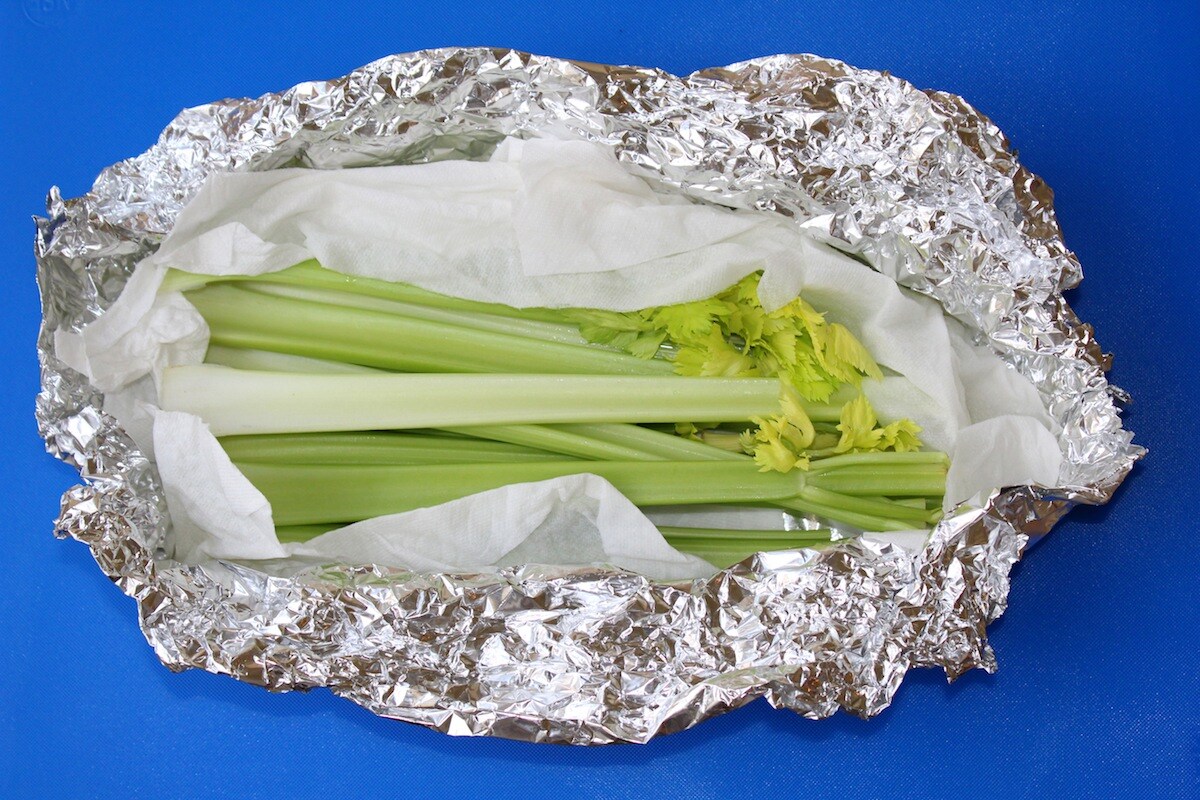
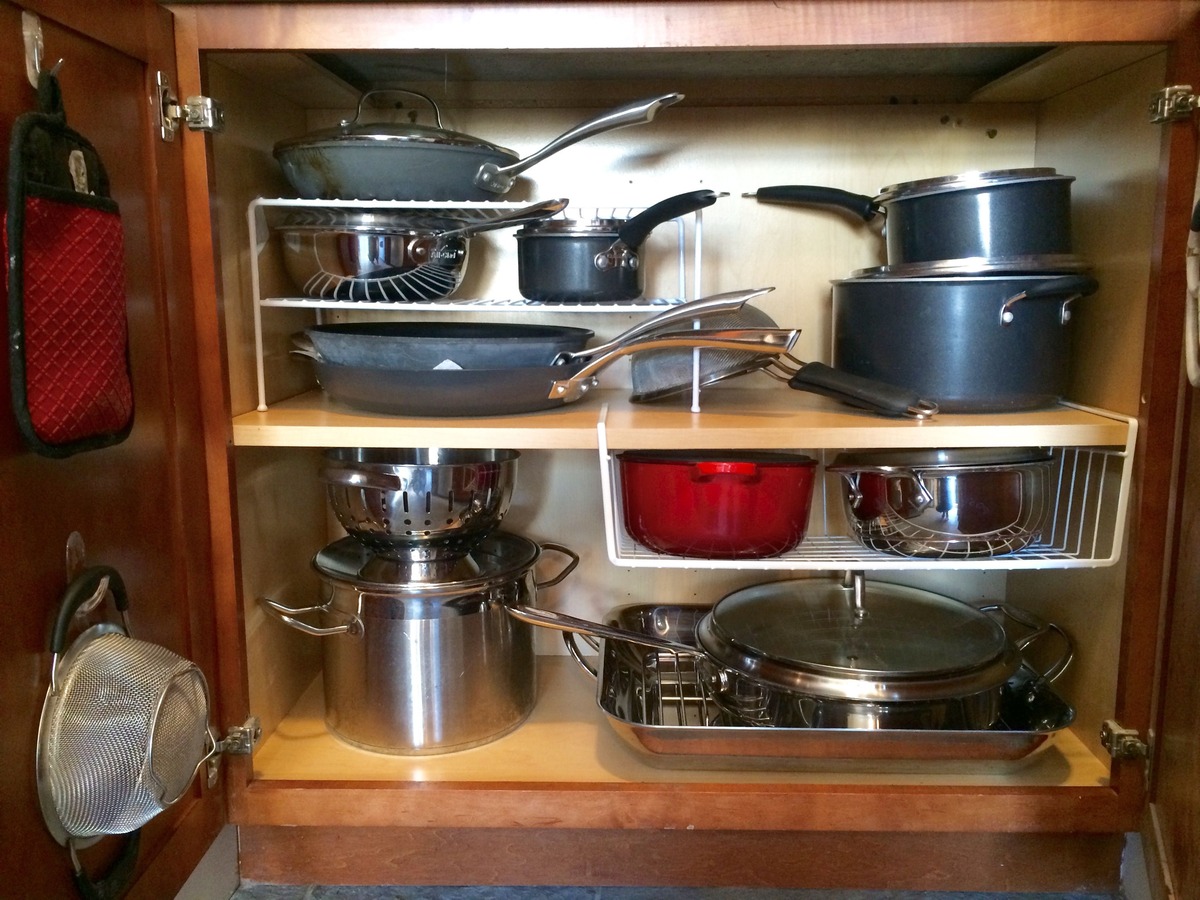
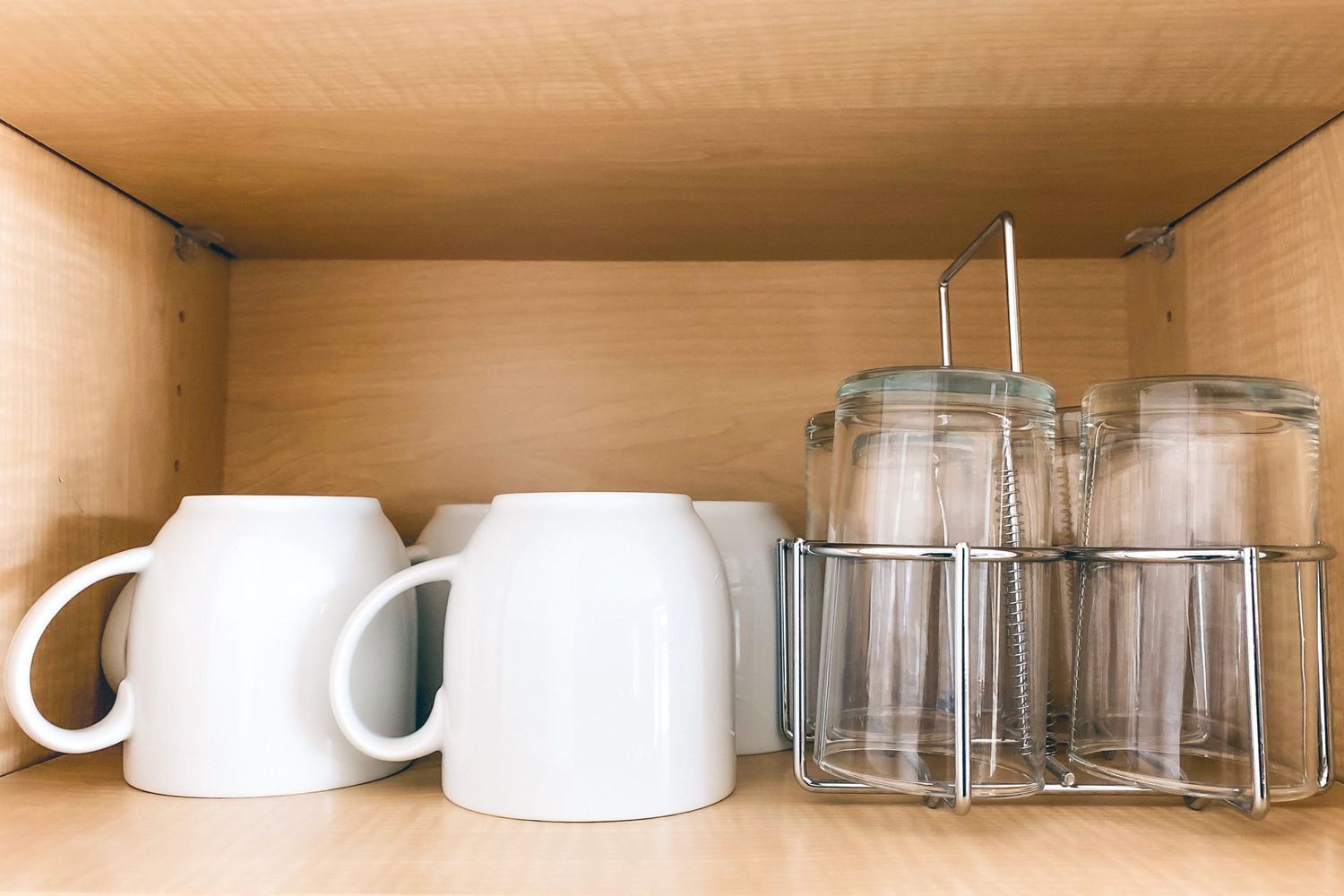
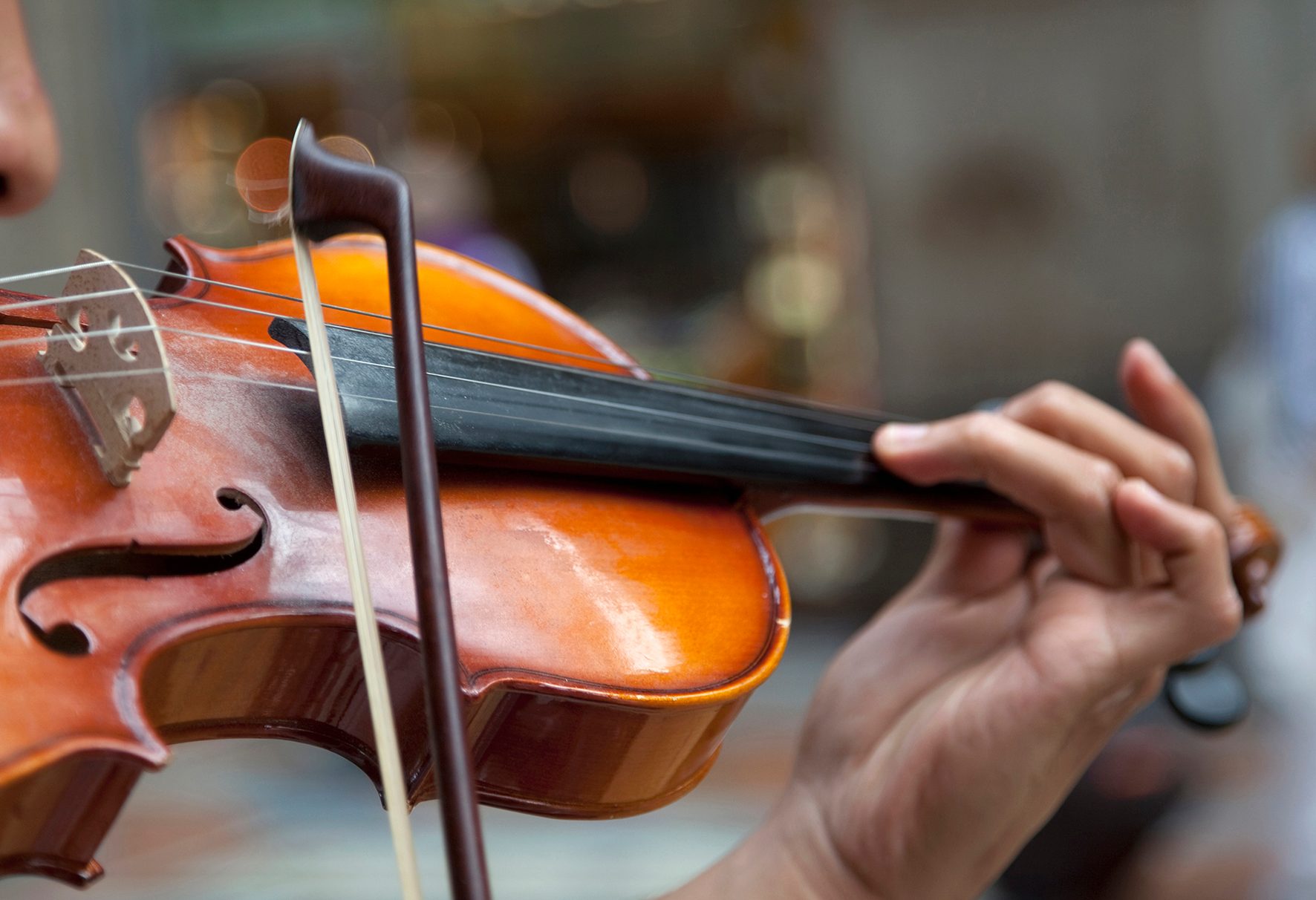


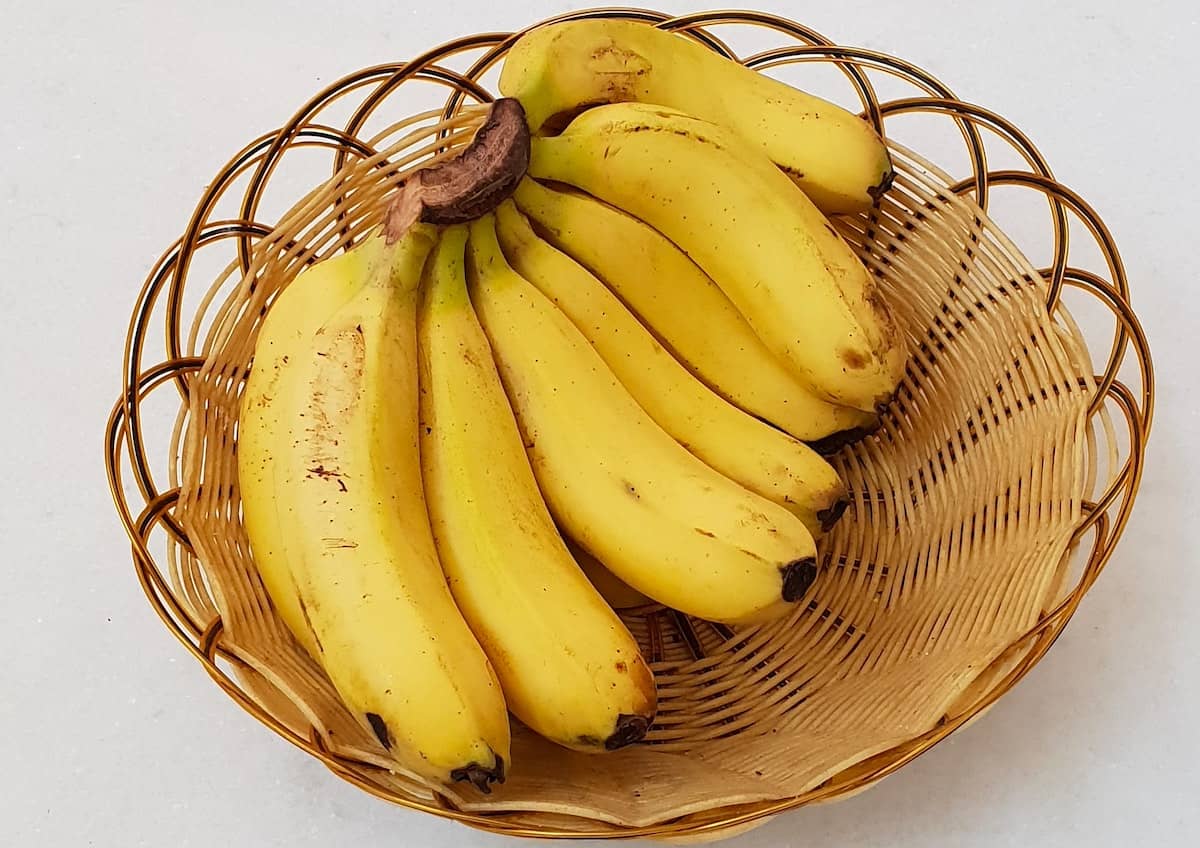
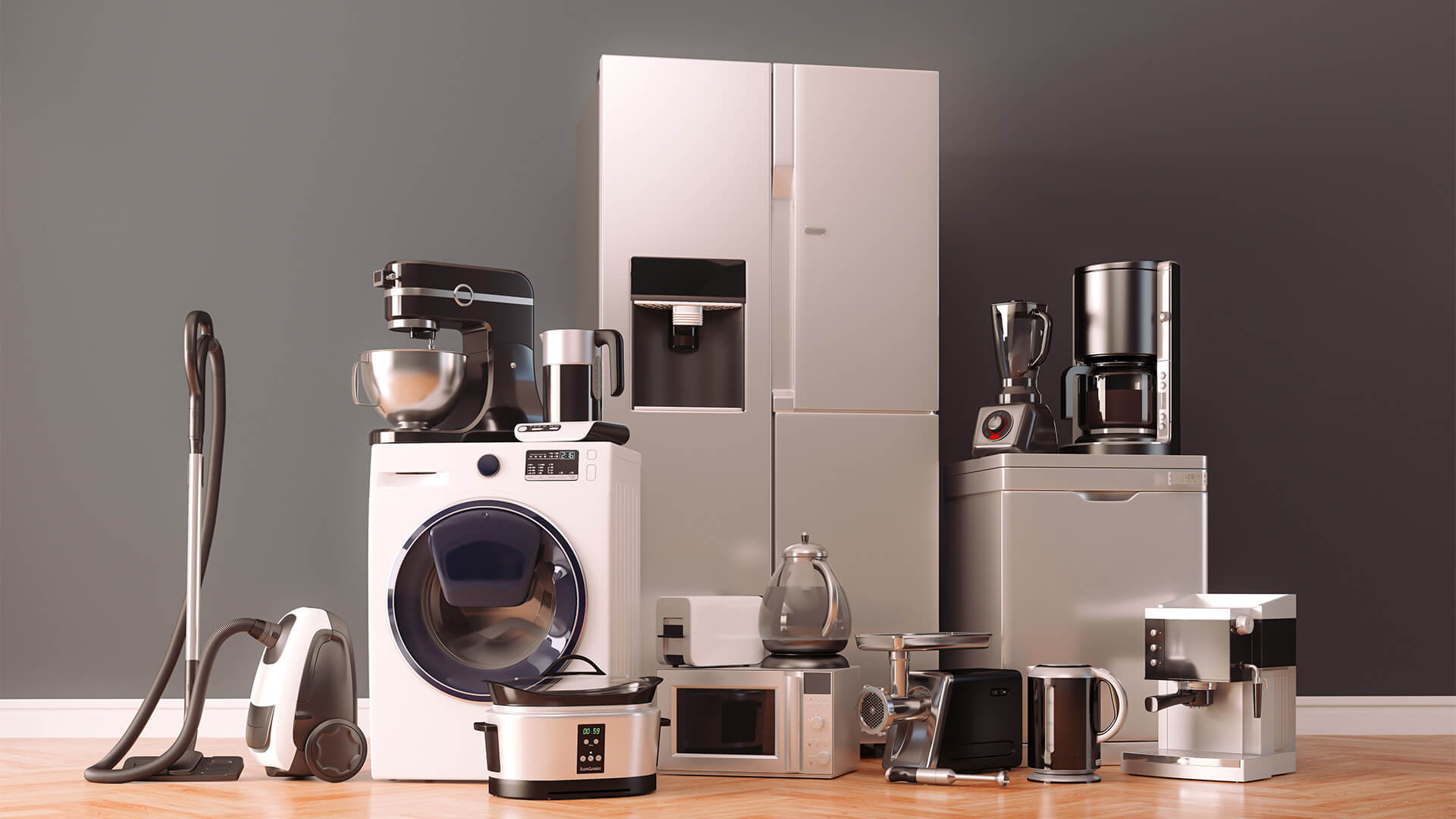
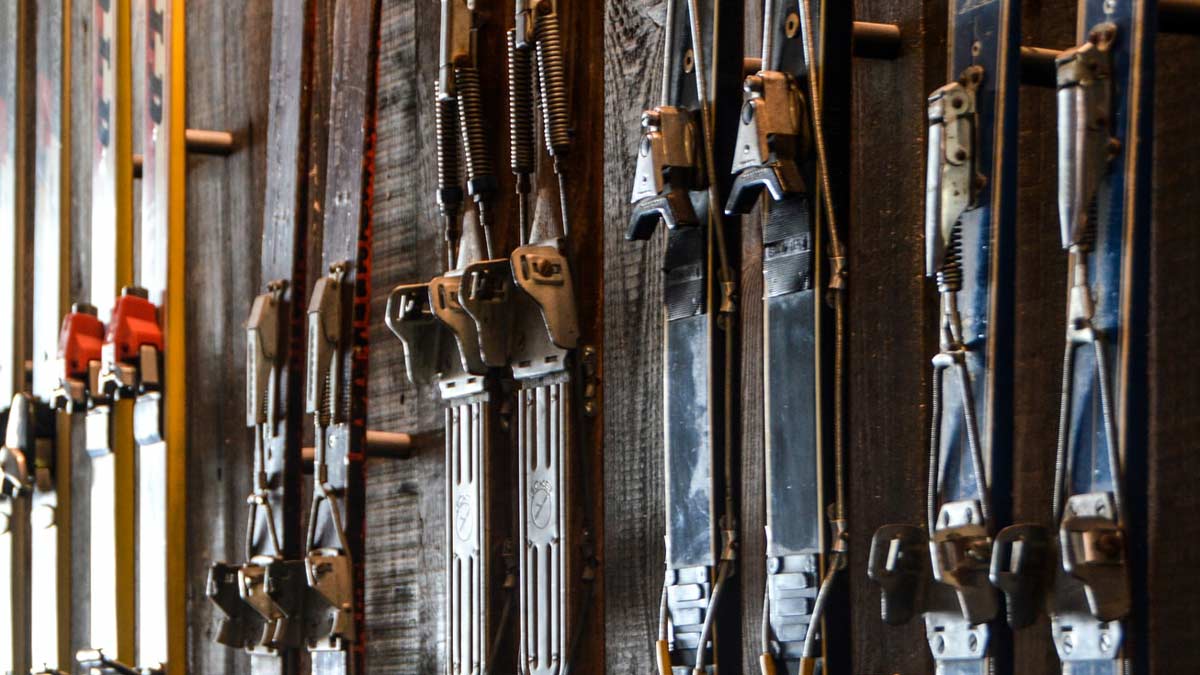
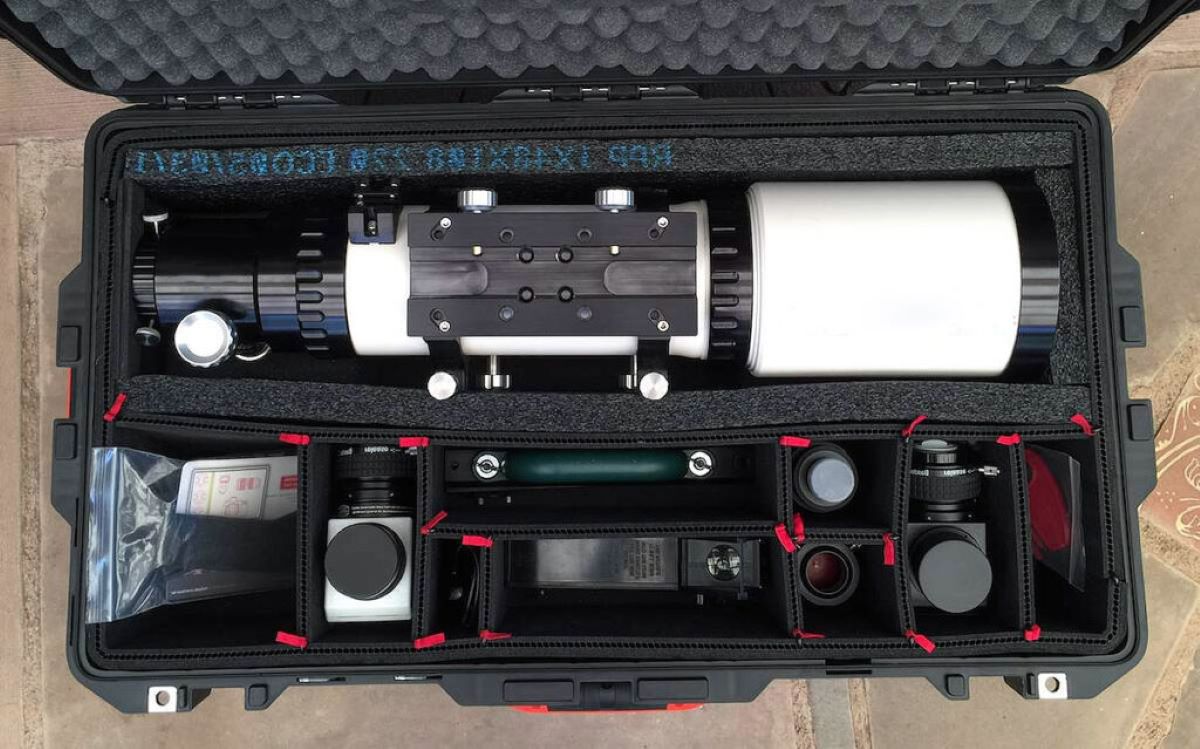
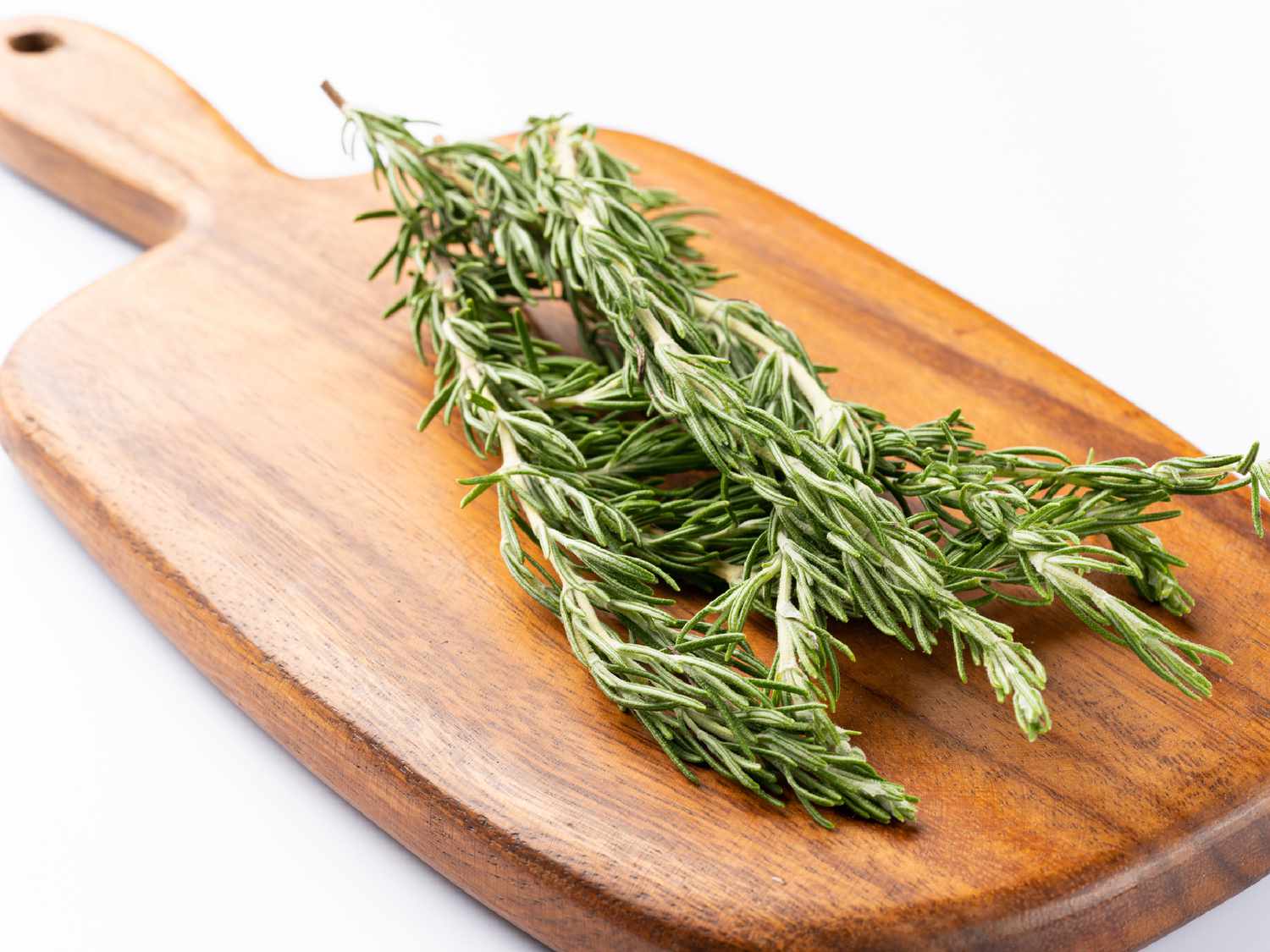
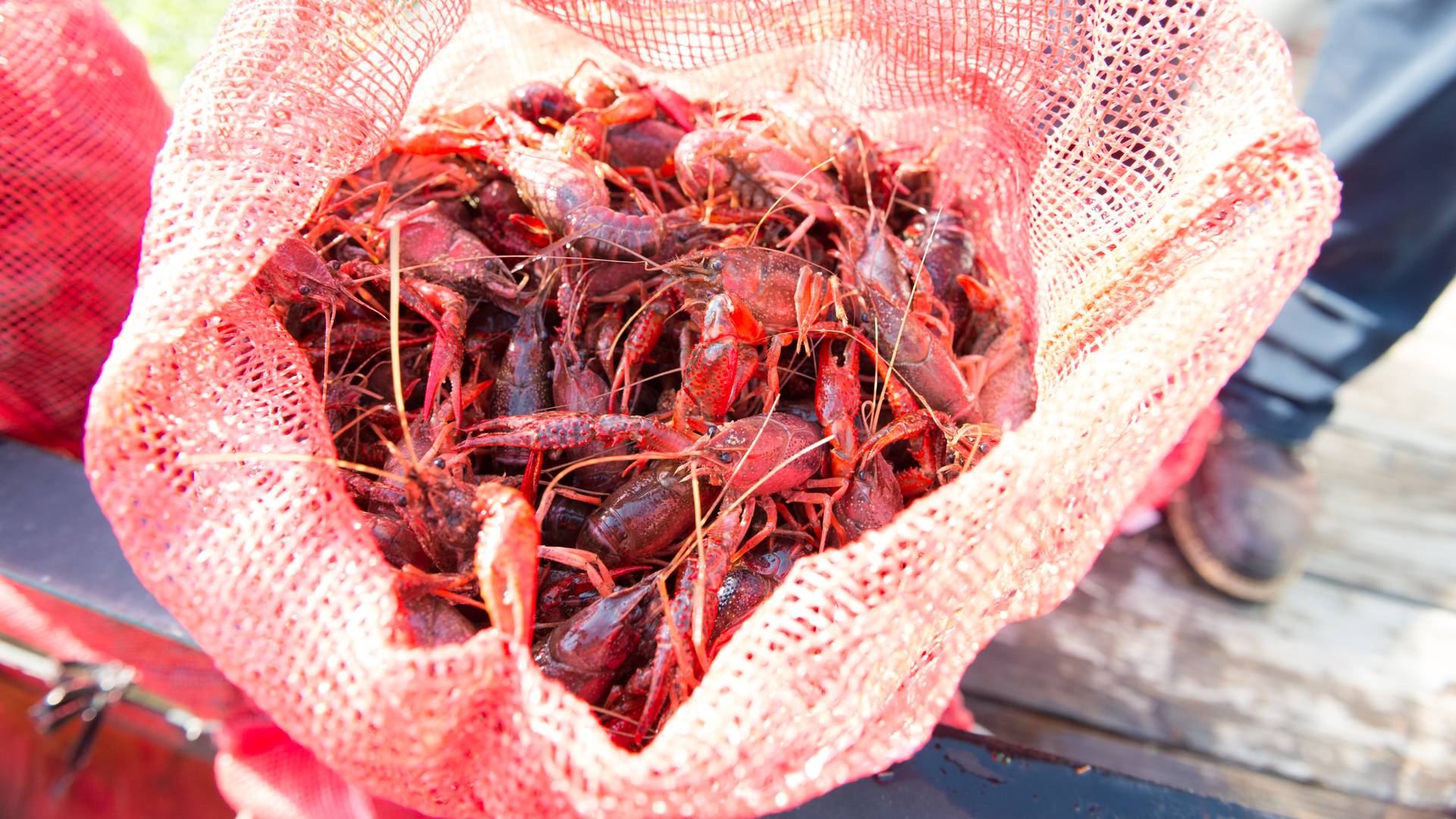
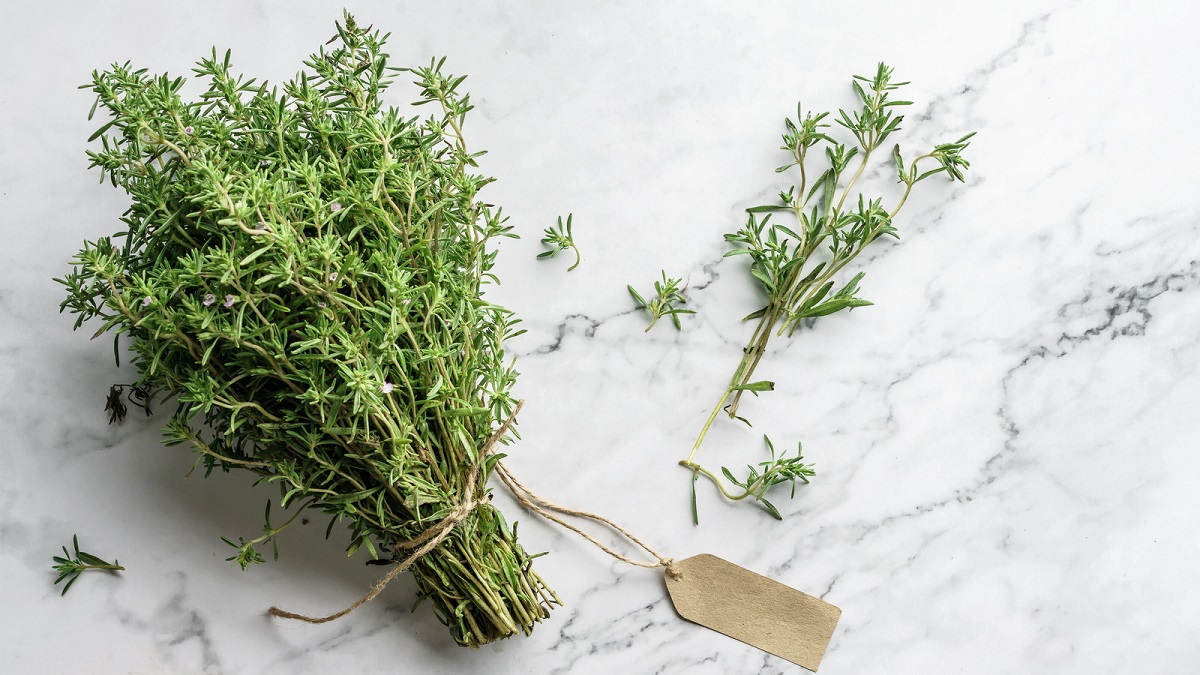
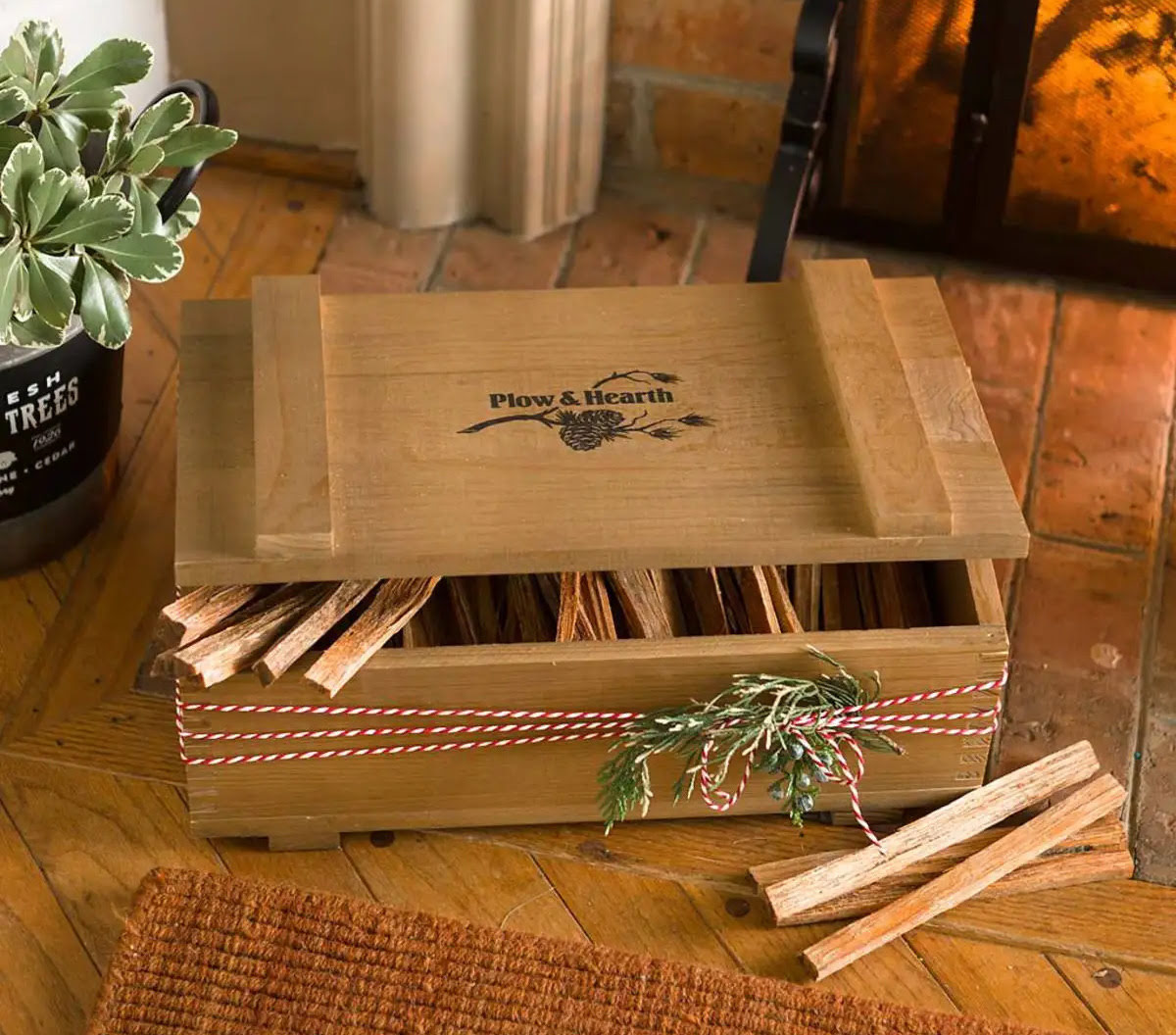

0 thoughts on “How To Store Plushies”